Supreme 2025 Guide on How to Identify Bass Species
Anytime you’re speaking to another angler, reading your favorite fishing magazine, or binging video content to up your bass fishing game, you probably hear about two types of bass left and right: Largemouth and Smallmouth bass.
These are two of the most popular and common bass in the United States, and they’re usually the ones anglers want to target and beat their personal best record with, but if you’re a beginner to the bass fishing game, you can have a lot of trouble distinguishing the two from one another; let alone identifying the several other bass species that rarely get any major attention.
So, here at BassForecast, we’ve constructed a detailed guide to bass species identification that can be a handy resource for experienced anglers who haven’t put a lot of time into bass fishing specifically, or even green-as-grass newbies who had no idea anything but the classic Largemouth existed.
Let’s get started.
Newsletter Signup
Largemouth Bass Identification
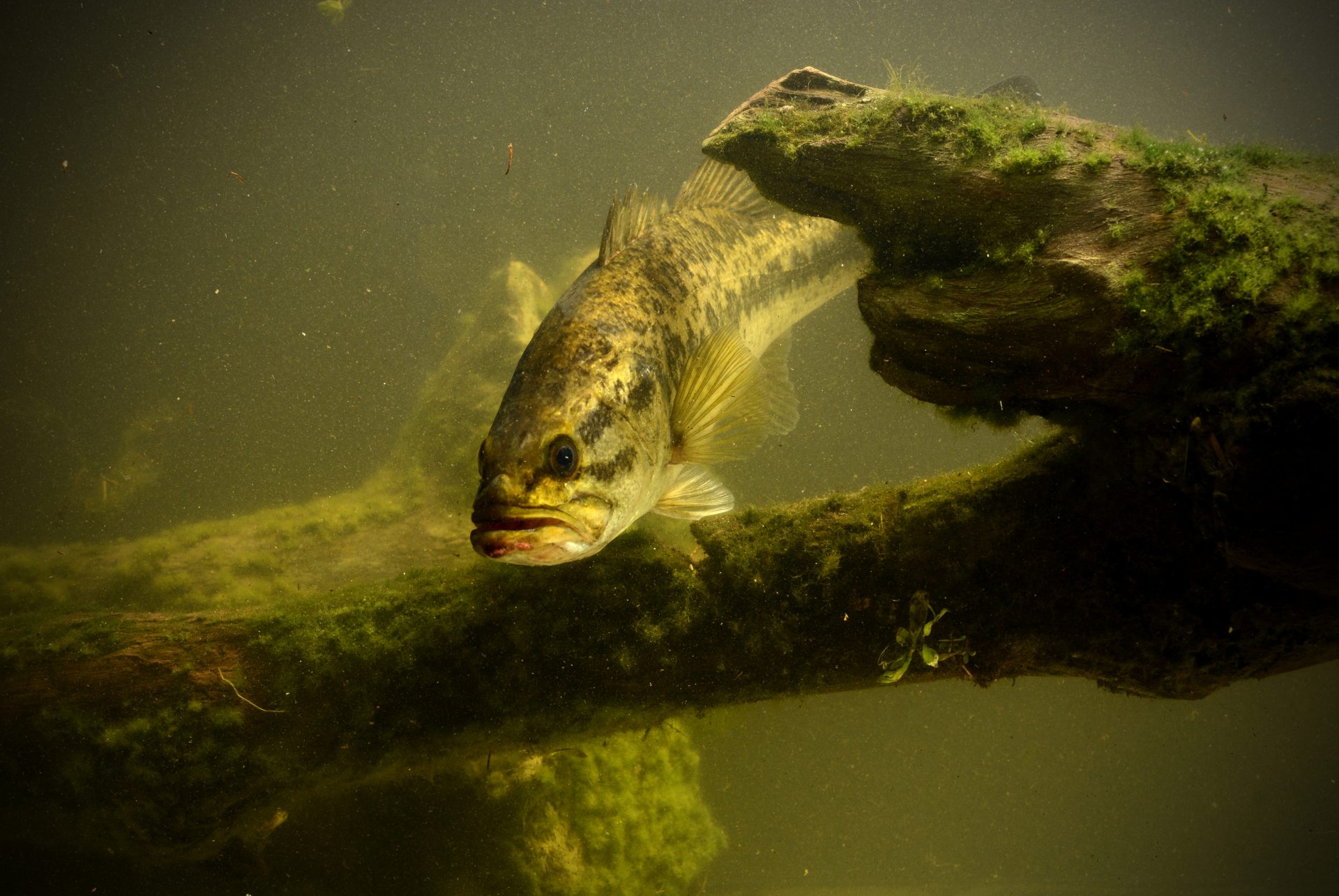
First, we’ll start with the iconic Largemouth itself. This is what you’re likely to think of while bass fishing, and it’s what all the pros are targeting in tournaments across the nation.
Luckily, identifying these is not a hard task, and the reason for that is in the name itself.
The most instantly noticeable trait of largemouth bass is the gaping maw it exposes when it's gulping down another fish or breaching the surface and flaring its gills. That large mouth is wide enough to look like a bucket when you lip the bass for a photo, and it can suck down pretty much anything that will fit into its stomach like a vacuum.
However, that’s not the only defining trait, and given the species family’s overall larger mouth size, it can be difficult to go off just that when you’re dealing with younger, less developed fish.
Regarding the mouth, you can also look at where the jawline stops. The largemouth is the only bass that has its jawlines extended well behind the lower back margin of its eyes. This is why it gapes so much when they fully extend their jaws. This is a good sign to look at when the bass is particularly young and small; since it can be harder to tell purely off the size of the mouth, and it will likely be much lighter in color due to spawning right out of colder water.
Finally, you can look at the lateral stripe extending from behind its head all the way to its tail. With largemouth bass, this stripe is incredibly well defined with no breaks. This is far more noticeable on larger bass with tons of coloring, but it's defined enough to notice fairly well on smaller bass, too.
Focal Point:
This is the easiest bass to tell apart from the rest due to its highly distinctive mouth, and you shouldn’t have any trouble identifying one the second you get it out of the water. Most of the time, it doesn’t even take that long.
Smallmouth Bass Identification
Smallmouth bass, or Smallies as a lot of anglers call them, are pretty similar to largemouth when it comes to their coloring, and beginners might mistake them for their big-mouthed cousins. However, with just the slightest amount of experience, you can tell these things apart from most other species without a problem.
The main trick to identifying these is to look at their stripes. They're colored the same way as largemouth bass, but Smallies have bars of dark-green or almost blackish-brown running down their body from neck to tail. In comparison, largemouth bass and most other species have lateral stripes.
The mouth of smallmouth bass is fairly typical of other bass species –excluding the largemouth bass-. While it can open quite wide, the jawline stops right at the front margin of the eye, and it's in no way as impressive as its biggest cousin. Due to it having the same general mouth structure as other bass species, it's not always as easy to simply use the mouth for reference.
Focal Point:
Thanks to the bar pattern on the sides of Smallies being unique, it’s easily the best way to identify one quickly and without scanning every inch of the fish. There’s only one bass that even slightly resembles the pattern, and it’s still nowhere near a bar pattern. You can skip mouth and fin checks entirely.
Spotted Bass Identification (Guadalupe, Spotted, Alabama)

Spotted bass goes by several names depending on who you're talking to and where you're catching them. You may hear them referred to as Guadalupe bass, spotted bass, or Alabama bass in various parts of the country. These are odd bass that can be mistaken for Smallies due to their heavy coloring and identical mouth shape, but again, it's all about the pattern.
Like most bass species, the jawline stops right at the front margin of the eye socket on spotted bass. Similarly, their coloring is fainter when they’re young, but the pattern should still be noticeable unless you happen to catch them in the earliest parts of spring.
The difference with this bass is their patterns. There is a vertical line that is heavily broken into "blotches" extending from the neck to the tail with additional splotches of coloring above that broken lateral line. The white belly that is predominant on other bass species is also quite different. Instead of a solid white belly or light spotting, it has small dots that are darker in color and form what appear to be dotted lateral lines across the belly as a whole.
Focal Point:
You can divide this into two possible options. For older bass that has fully developed their coloring, the heavy blotches of the lateral line are super easy to spot in an instant. However, that line might not be as developed on younger bass.
In that case, the only other bass with noticeable coloring on the belly is the largemouth, and that tends to be fainter and more randomized. With spotted bass, look for the belly accents to be small dots that form almost perfectly straight dotted lines from the belly to the tail. These are noticeable even on the youngest spotted bass, and they’ll distinguish them from other species in an instant once you get the fish out of the water.
Yellow Bass Identification
Yellow bass is sharp-looking bass with slender bodies and well-defined fins. In fact, if you're used to only looking at largemouth or Smallies, you might not even know you've caught a bass when you get a yellow bass on the hook.
Rest assured, these tough fighters are part of the bass family, and they tear your line all over the water just as well as the feistiest Smally.
First, the yellowish coloring that gives it its name is one of the yellow bass’s most predominant identifiers. It’s not quite yellow-jacket yellow, but it is clearly not the stained yellow-green that some younger largemouth tend to have. The yellow coloring tends to cover the sides of the fish, while a stark white coloring with black stripes is noticeable on every other part of it.
Due to the yellow bass’s smaller size, this coloring is what will instantaneously separate it from other smaller fish such as white crappie.
Another major identifier is the series of lateral strips that go from the neck to the tail with very few breaks.
However, one trait does distinguish it from other bass; even if you’re unlikely to need it. The front dorsal fin is predominantly large and spined. In fact, you should be careful when handling a yellow bass due to its small size and feisty nature. Try to use the same fin-brushing technique you’d use for bluegill to avoid getting poked.
Focal Point:
The yellow bass is such a unique-looking part of the bass family that you shouldn't have any trouble distinguishing it from its bigger cousins. However, if you want to distinguish it from similarly sized fish, just look for the side patch of yellow on a silver backdrop.
Notes:
The yellow bass does look similar to white bass. However, it does not have a tooth patch in its mouth where you'd expect a "tongue" to be. This area is completely smooth, and one dip of a finger in there while you have it lipped will help you differentiate between the two.
White Bass Identification
White bass look very similar to yellow bass, but they tend to get quite a bit larger if they make it past their first year. The main aesthetic difference is that the yellow patch is missing, and while it does have the black lateral stripes that yellow bass are known for, only one of them will extend from the neck to the tail in a well-defined manner.
You’re highly unlikely to confuse a white bass with another bass species besides the hybrid striped bass, but that tends to be a bit stouter and has darker regions of coloring.
If you’re confused, stick your finger in its mouth where the “tongue” would be. Unlike yellow bass, white bass have a single tooth patch in the middle of the bottom of their mouth about midway to the throat.
Focal Point:
You don’t need much to tell these bass apart from yellow bass and hybrid striped bass. They’re stark white with a single defined lateral line –accented with fainter lateral lines-, and while they can get as big as largemouth or Smallies, they have the aggressive fin shape of a yellow bass.
Your main concern should be distinguishing them from similar fish from other families; but those aren’t likely to be caught in the same areas. If your catch matches the description given in this section, you don’t have much to worry about.
Striped Bass Identification
Striped bass are another species that you won’t have any trouble distinguishing. They have a long, slender body, mostly white coloring with some almost-brown greenish regions near the dorsal fin, and well-defined black lateral lines that are broken into dotted lines. Their mouth shape is the same as most other bass.
The only problems you should have with identifying these comes from their habits. They’re saltwater fish, and they get quite large when they have time to grow. So, they can blend in a bit with similar saltwater species if you’re new to fishing.
However, they come into the freshwater creeks and ponds to breed. Once they do that, you’re unlikely to have anything else nearby to confuse them with.
Focal Point:
Since they're such a unique bass species, you don’t need a focal point. If it looks like a long, skinny bass with white coloring and almost black dotted lines, you have a striped bass.
Hybrid Striped Bass Identification
Hybrid striped bass are a manufactured bass species. They’re a mix of a white bass and a striped bass, and they share characteristics of each. You’re most likely to confuse them with white bass due to their shorter, stouter appearance in comparison with striped bass, and you’re unlikely to find them all over the country since they’re specifically bred at fish hatcheries.
If you do need to identify them against other species, look for a body that is 1/3 as deep as it is long, silver-white coloring with mostly-broken lateral lines, and an aggressive dorsal fin. In many ways, they can look very similar to white bass but a bit darker and stubbier.
Focal Point:
Unfortunately, since these are bred using white bass, you can catch white bass in most places that you can catch hybrid bass. If you’re confused, lip the bass and check the midline at the back of the mouth. White bass have one tooth patch. Hybrid bass have two rough patches.
Check BassForecast for When, Where, and How to Target These Bass Species
Now that you know how to tell these bass apart, it’s time to start catching them. Hop over to our other BassForecast resources for up-to-date weather information, tips and tricks for catching bass of all kinds, and plenty of other highly valuable information that will up your fishing game in a snap.
Know – Adapt – Catch® more with BassForecast.
Learn More How BassForecast Works






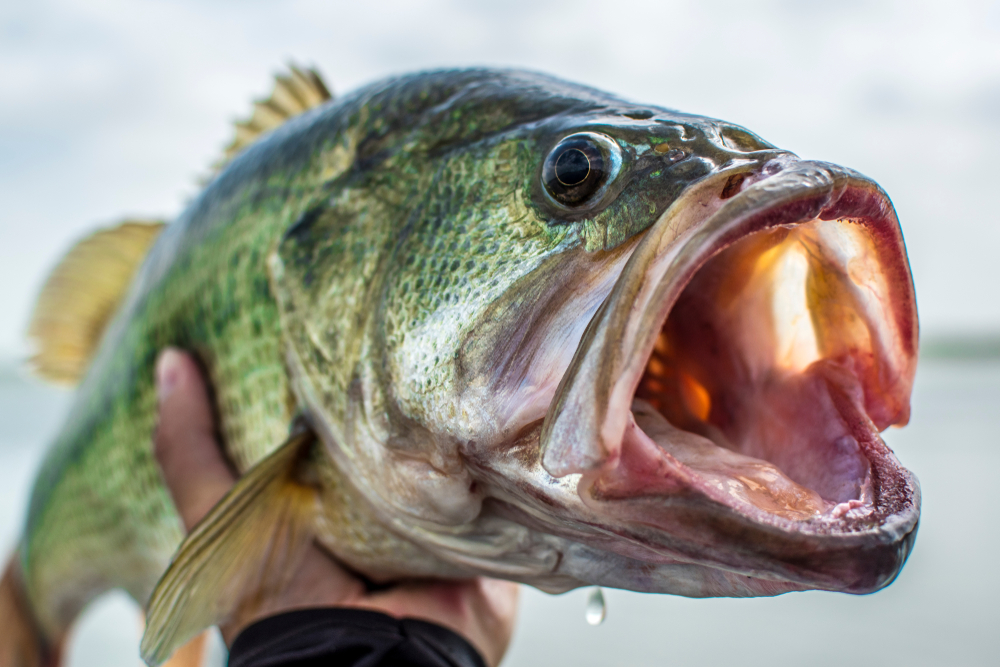
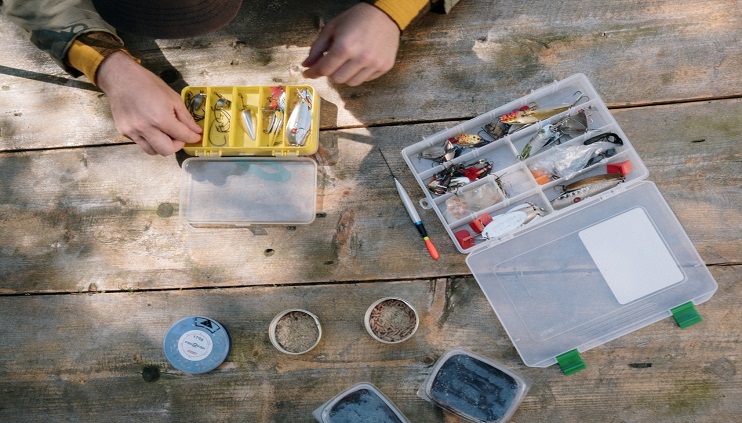
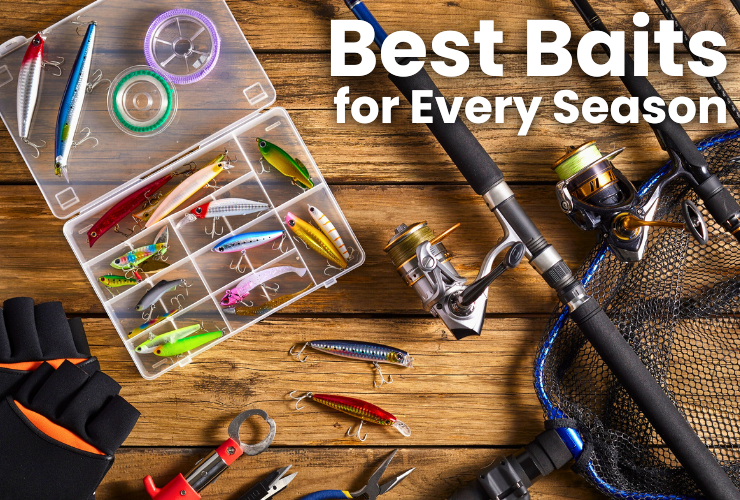
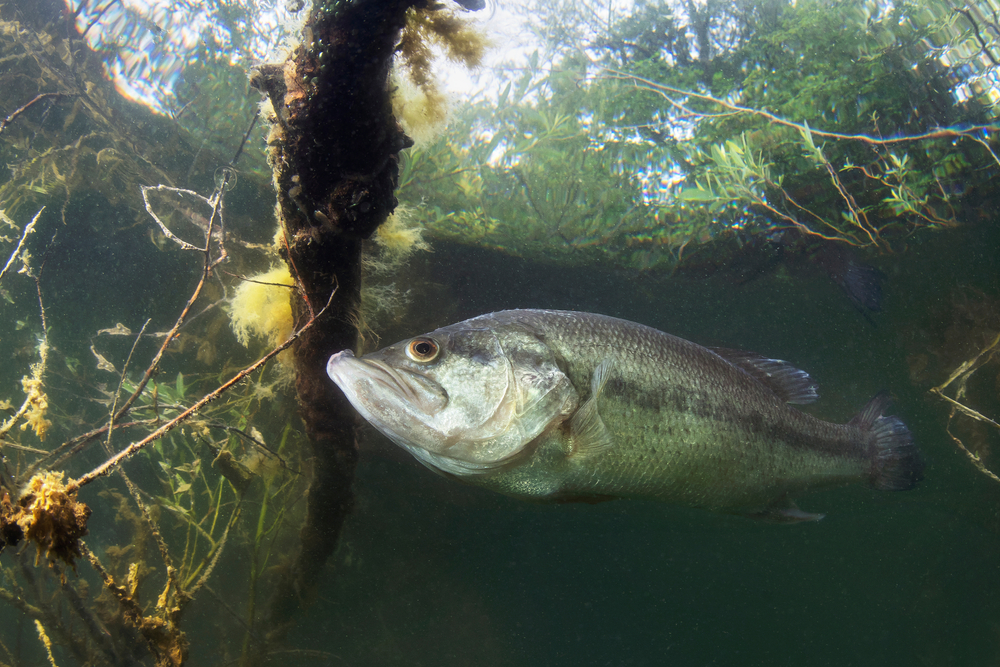
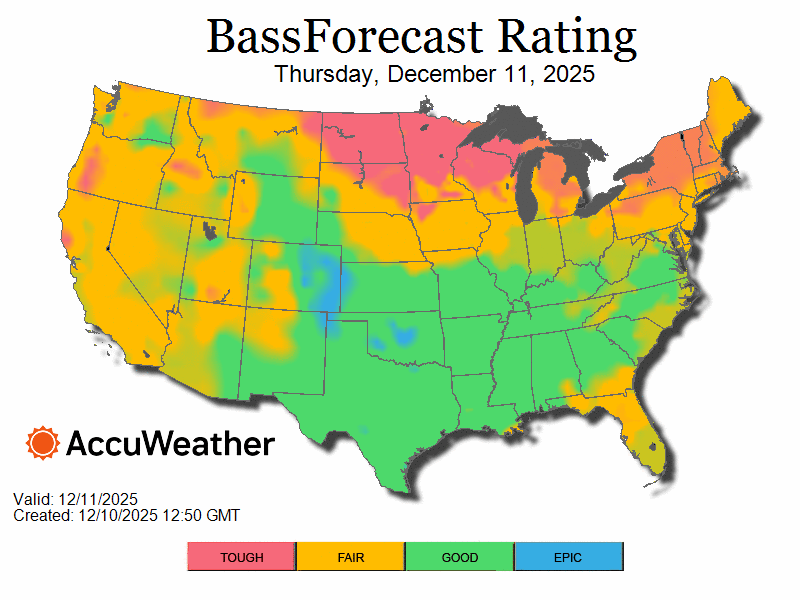
.png)
.png)